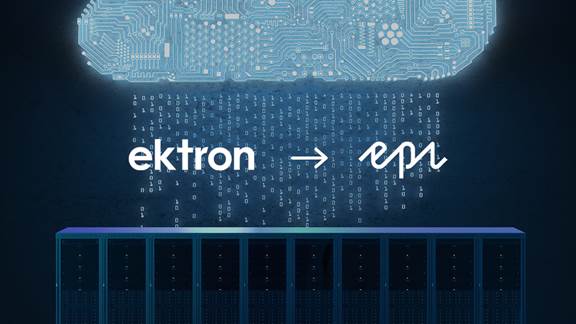Conducting a detailed audit and creating a content inventory is crucial to your project. Everything has been implemented for a reason so making sure you have a full understanding of how Ektron had been implemented gives you those reasons and uncovers constraints and boundaries that may not have been obvious.
Documenting everything from architecture, content structures, relationships between content items through to meta-data and access/user rights helps all stakeholders keep that full system picture. Content relationships are particularly key – migrating an Ektron Page Builder page to an Episerver page can pose a challenge if you don’t have a full grasp of content structures.
Take away the risks
When there are a lot of back end integrations and systems which still need to be used, re-writing those may be a technical desire but not a commercial practicality.
Creating an intermediate service adapter layer to integrate and manage data feeds from all of the back-end systems is a pragmatic approach that ensures existing tests can be preserved. This also made ongoing maintenance significantly easier. Rebuild the backend components themselves when there is a business case to do so, not during a migration period.
Keep it focused
Using lean agile development methodologies, aligned in focused sprints gives focus. Make meetings count, and not just a ceremony that ticks a box. Empower your internal developers to deliver by removing obstacles from their path. High quality work is crucial to reduce technical debt and achieve your timescales.
All the teams playing for the same side
Delivering any project requires teamwork, and building relationships is crucial. SunLife dedicated two team members to the project full time. Both were empowered to make the necessary decisions needed to move at pace and they ensured they were always available.
Having those relationships with your client and integration partners results in quick decision making, red tape cutting and clearing the path of obstacles. It significantly smooths the pathways when issues occur.
Support, measure and optimise
Finally, it’s important to remember that migration is part of an ongoing process. A migration is a waste of time if it doesn’t generate any ROI, and releasing this ROI is a process, not a switch. A post migration plan for optimisation, and getting the best out of the platform, is crucial and we continue to support SunLife, working through enhancements and activities on their website to improve the user journey and user experience.
